Sim's Position (Semi prone position)
Subject: Fundamentals of Nursing

Overview
Sim's Position (Semi Prone Position)
In this position the client lies on either the right or left side. The lower arm behind the body and upper arm is bent at the shoulder and elbow. The knees are both bent, with the upper most leg more acutely bent. These positions similar to the lateral position except that the patient's weight is on the anterior aspect of the patient's shoulder girdle and hip.
Indications
- Vaginal and rectal examination.
- Administration of enema & suppository.
- Used for relaxation in antenatal exercises.
- Position for sigmoidoscopy and protoscopy.
Procedure
- Explain the procedure to the patient.
- Provide privacy.
- Place the patient on the side (lateral position).
- Place a small pillow under the head and neck.
- Place a pillow under the flexed upper arm, supporting arm level with the shoulder.
- Place a pillow under the flexed upper leg, supporting leg level with the hip.
- Place sand bags parallel to plantar surface of the dependent foot.
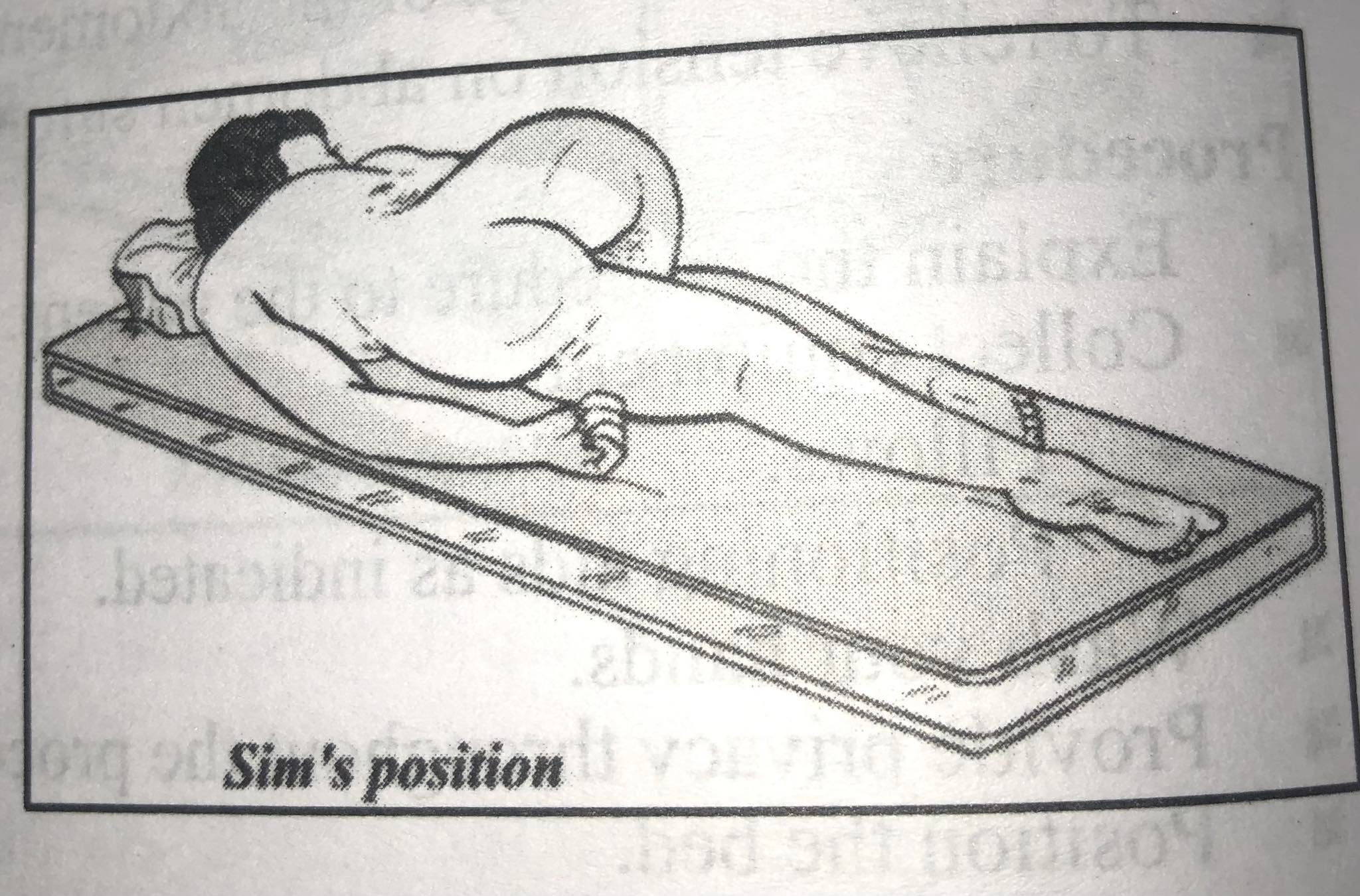
Trendelenburg Position
In this, the patient lies on his back. The patient's head is low. The foot of the bed is elevated at 45 degree angle. Entire frame of bed is tilted with head of bed down.
Indications
- Used in emergency situations like shock, hemorrhage and hypertension.
- Postural drainage.
- Patients with deep vein thrombosis.
Procedures
- Explain the procedure to patient.
- Place the patient in supine position.
- Lower the head end of the bed using bed key. If it is not adjustable type, use bed block at foot and tilt entire frame of bed down. Or elevate the foot end at 45-degree angle.
- The patient is carefully supported to prevent slipping.
Knee Chest Position
In this, the patient rests of the knees and the chest. The weight is on the chest and knees. The body is at 90 degree angle to the hips with back straight, the arm above the head, and the head turned to one side. The abdomen remains unsupported.
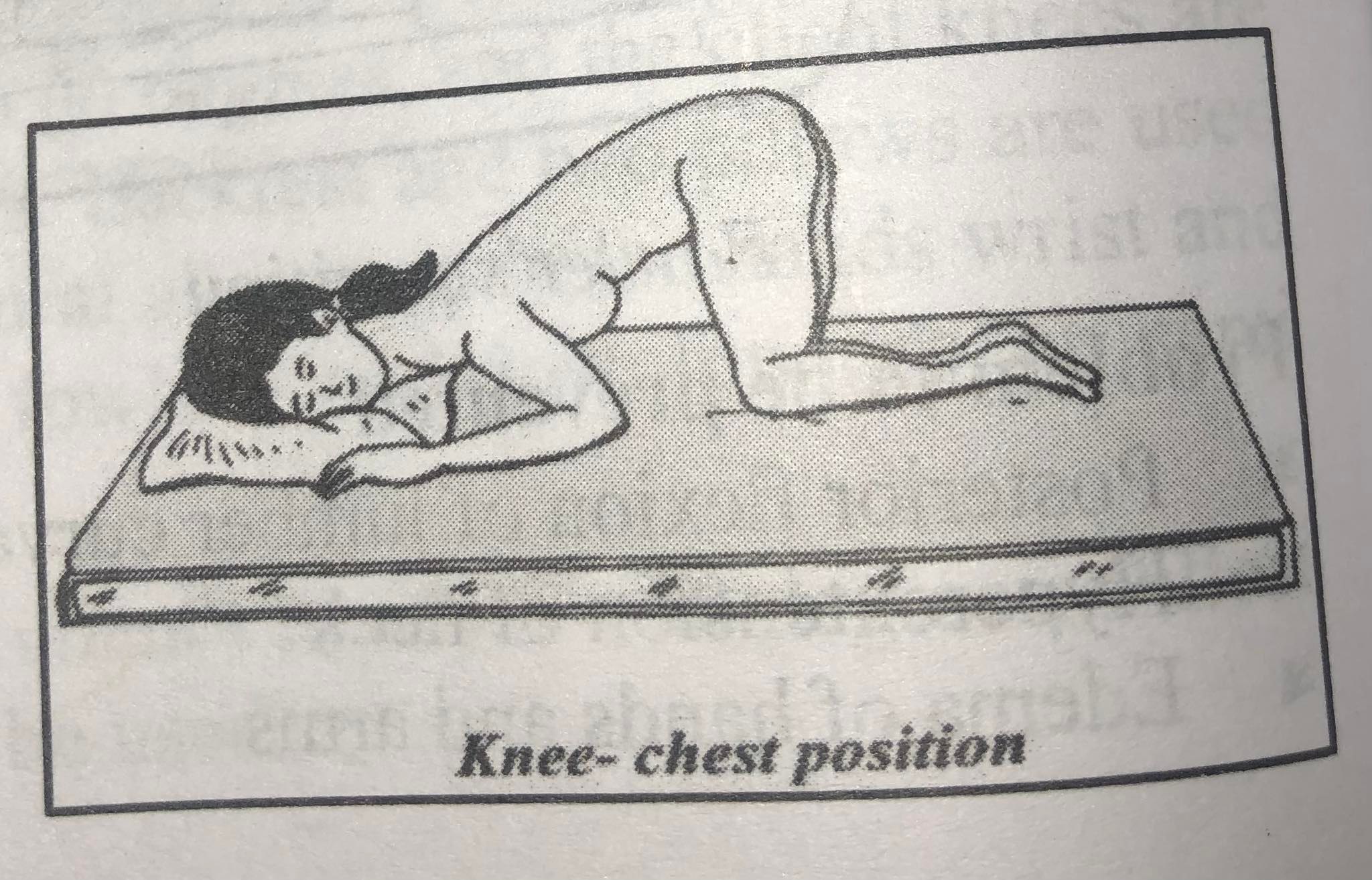
Indications
- Used for vaginal and rectal examination.
- Used in first aid treatment in cord prolapse or retroverted uterus.
- As exercise for postpartum and gynecology patients.
Procedure
- Explain the procedure to the patient.
- Make the patient rest on the knees and chest.
- The head is turned to one side with the check on a pillow.
- The arm should be extended on the bed and flexed at the elbows to support the patient partially.
Erect Position
This is the normal standing position.
Uses of Different Comfort Devices
Comfort devices are the articles which will add to the comfort of the patient when used by relieving discomfort and helping to maintain correct posture. Various devices are used for giving comfort to the patient.
Purposes
- To relieve discomfort.
- To promote comfort.
- To provide and maintain correct body alignment.
- To relieve pressure in parts of body.
- To prevent from falls and accidents.
- To immobilize a body part.
Pillows
Pillows are used to give comfortable position to the patient. Pillows should be of appropriate size for the body part to be positioned.
Uses
- It is used to support parts of the body like head and neck, arms, legs and parts of back.
- It is used to relieve pain on abdominal muscles and tendons beneath the knees.
- Used in positioning patients.
- It is used to elevate body parts and splint incision areas.
- Used to maintain proper body alignment.
- Help to reduce pressure.
Foot Board
Foot boards are the mechanical device used to give rest to feet. A flat panel or board made of plastic or wood which is placed perpendicular to the mattress and parallel to and touching the planters surfaces of the client's feet. Foot boards maintain dorsiflexion.
- Boards should be removed at least 2 to 3 times per day.
- Assess skin integrity and joint mobility.
- After placing to on the bed, the nurse needs to determine that it is correctly placed, with client's feet placed firmly against the board.
Uses
- Used to maintain the normal position of feet.
- Used to promote comfort.
- Used to prevent foot drop by maintaining the feet in dorsiflexion
Back Rest
Back rest is mechanical device which provides a suitable support and rest for the back of the patient in fowler's position.
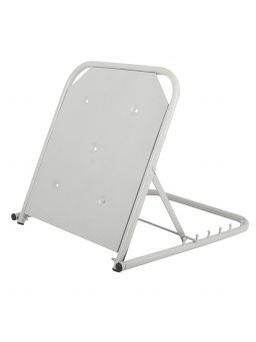
Uses
- Used to support back.
- Used to relieve dyspnea as in asthmatic patients by providing fowler's or high fowler's position, given especially for heart patients and asthma patients to facilitate easy breathing
- Used in positioning cardiac patient to reduce workload on heart.
- This position is used in post-operative period.
Bed Cradles
Bed cradles vary widely in size and in material. These are mostly semi-circular in shape, made of wood or metal.
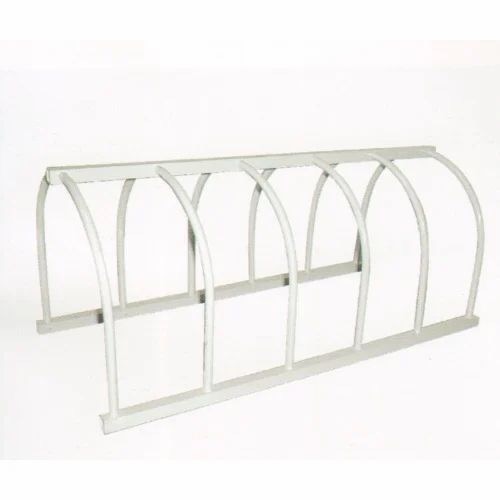
Uses
- Used to support the weight of the top bed clothing and to prevent them from coming in contact with the patient's body.
- Used especially for the patients with burns.
- Electric bed cradles are used to supply the desired warm in the case of shock.
- When the plaster cast is wet, it is used to make it dry.
- For patients after amputation.
Cardiac Table
The table is placed in front of the patient. A pillow is arranged on the top of table so that patient can lean forward.
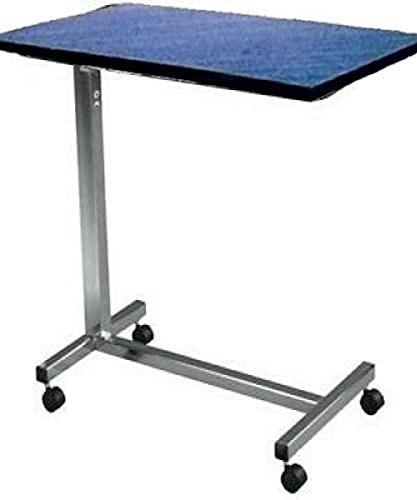
Uses
- Used for patients to lean forward especially when the patient has been in the sitting position for a long time.
- Used in positioning patient who are to undergo some diagnostic procedures thoracenthesis.
- Cardiac table also helps to prevent bedsores in a patient who has to sit up for long periods.
- Helps to provide comfortable position for cardiac patient.
Air and Water Mattress
It is special types of mattresses filled with water or air which moves from one part of the mattress to the other, this reducing pressure to the same area. These are used for very thin or obese patients and for those who are prone to get pressure sores. The principles in that pressure exerted by the body will be distributed equally in all directions. It helps in equal distribution of the pressure exerted on the body.
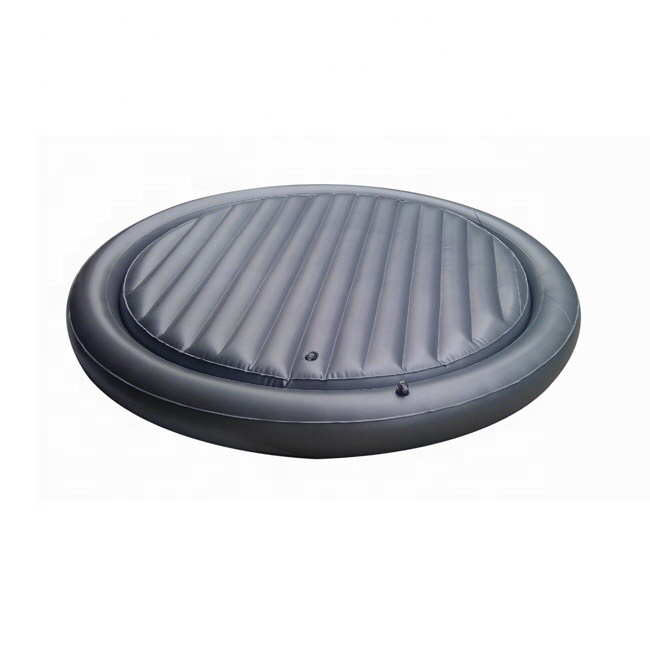
Uses
- Used to improve circulation.
- Used to provide comfort.
- Used to prevent pressure ulcers in patient at risk.
Rings
Air rings are made of rubber and cotton wrapped with bandage. The air ring can be inflated with air. These are placed under bony prominence such as heels and fastened in place if necessary.
Uses
- Used to prevent direct pressure on bony prominence.
- Used to relieve pressure on certain parts of the body e.g. elbow, heels, buttocks.
- To improve circulation.
Air Cushion
Air cushions are found in shape and made up of rubber. These can be inflated with air.
Uses
- Used to take off the weight of the body.
- To provide relaxation as it yields to shift off body weight.
Bed Blocks
Bed blocks are made up of wood or metal used to raise the head or foot end of the bed for various reasons.
Uses: Used for providing trendlenburg position for patient:
- Following spinal anesthesia.
- For preventing shock.
- For arresting haemorrhage.
- For retaining fluids in retention enema.
- After tonsillectomy.
- To position in postural drainage
- To provide traction.
Note: Do not raise foot end in case of increased intracranial pressure.
Hot Water Bag
Hot water bag is made of rubber and as a common method of applying local dry heat. It is used as both a therapeutic and a comfort measure.
Uses
- Used to promote healing.
- To relieve retention of urine.
- To stimulate circulation by dilating blood vessels.
- To raise body temperature in case of hypothermia.
- To provide comfort and warmth.
- To relieve pain.
- To relax muscles.
- To reduce inflammation
Rolls
Hand rolls: Hand rolls are made of cloth that rolled into a cylinder about 4.5 inches long and 2-3 inches in diameter. It helps to maintaining the head thumb and fingers in a functional position.
Uses: Used to maintain thumb and fingers in slightly flexed position.
Thigh Rolls: Thigh rolls are made by folding a sheet to the desired length of 2-3 feet and then rolled into a tight cylinder.
Uses: Used to support hips and thighs preventing them from outward rotation and keeping the feet in good alignment in case of paralysis, fracture of femur and hip surgery.
Hand Wrist Splints
These are individually moulded splints for patients to maintain proper alignment of thumb. They are slightly adducted in apposition to fingers and to maintain wrist in slight dorsiflexion. We should ensure that pressure of the splints is not obliterating circulation.
Uses: Used to maintain immobility of the fingers and maintain functional position.
Trapeze Bar
It is a triangular device that is attached to an over bed frame.
Uses
- Used to enable patient to raise trunk from bed.
- Used to enable patient to move from bed to wheel chair.
- Used to help the patient in performing exercises that strengthen upper arms.
Side Rails
Side rails or safety sides are used on both hospital beds and stretchers. They are of various shapes and sizes and are usually made of metal. Side rails are bars, positioned along the sides of the length of the bed.
Uses
- Prevent the patient from falling out of bed and protect the restless patient.
- Provide the patient support to grasp and hold when moving about.
- Provide assistance in rolling from side to side or sitting up in bed. motolliposits
Sand Bags
These are rubber or plastic bags filled with sand which are available in various sizes. It prevents foot drop and external rotation of thighs.
Uses: It is used to:
- Support body part.
- Immobilize the body part.
- Support fracture bone.
- Prevent foot or wrist drop.
- Relieve discomfort.
- In application of pressure in case of bleeding.
- Provide support and shape to body contours, and maintains specific body alignment.
Bed Boards
Plywood boards placed under the entire mattress. It is used for increasing back support and vertebral alignment with a soft mattress.
Uses
- Used in patient with a soft mattress.
- Used in patient with spinal problems.
- Used in giving CPR in the proper manner.
Things to remember
© 2021 Saralmind. All Rights Reserved.

 Login with google
Login with google